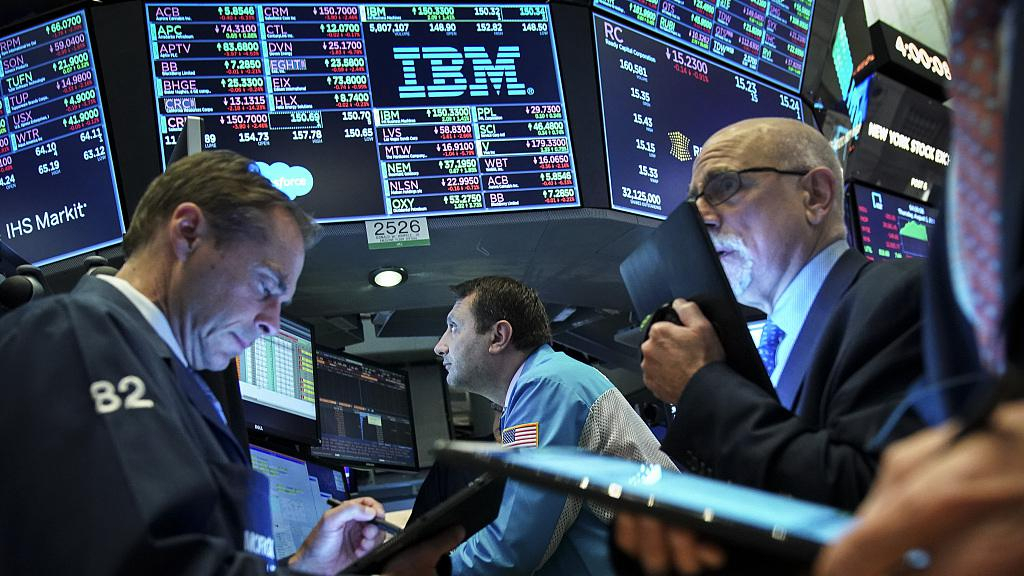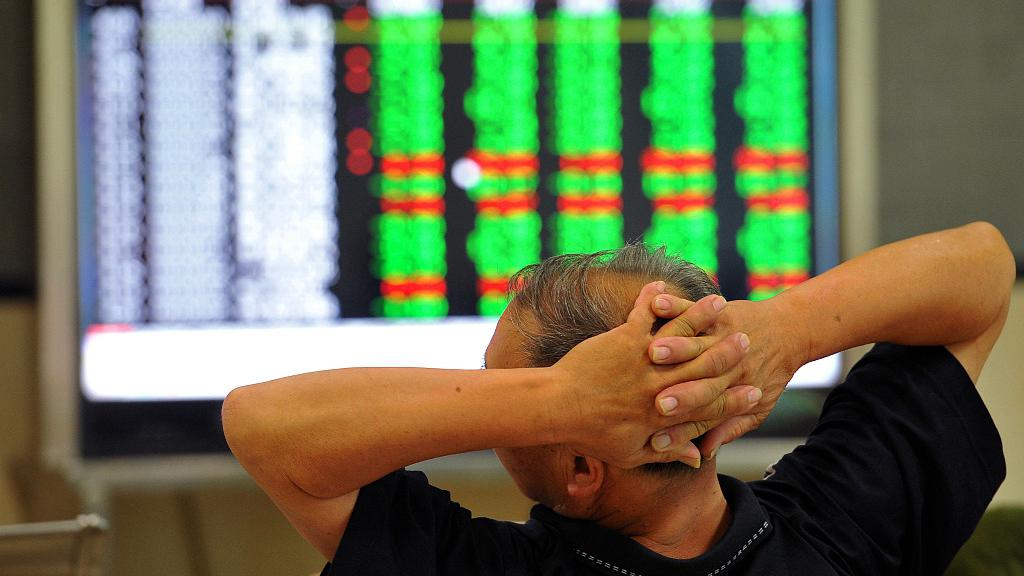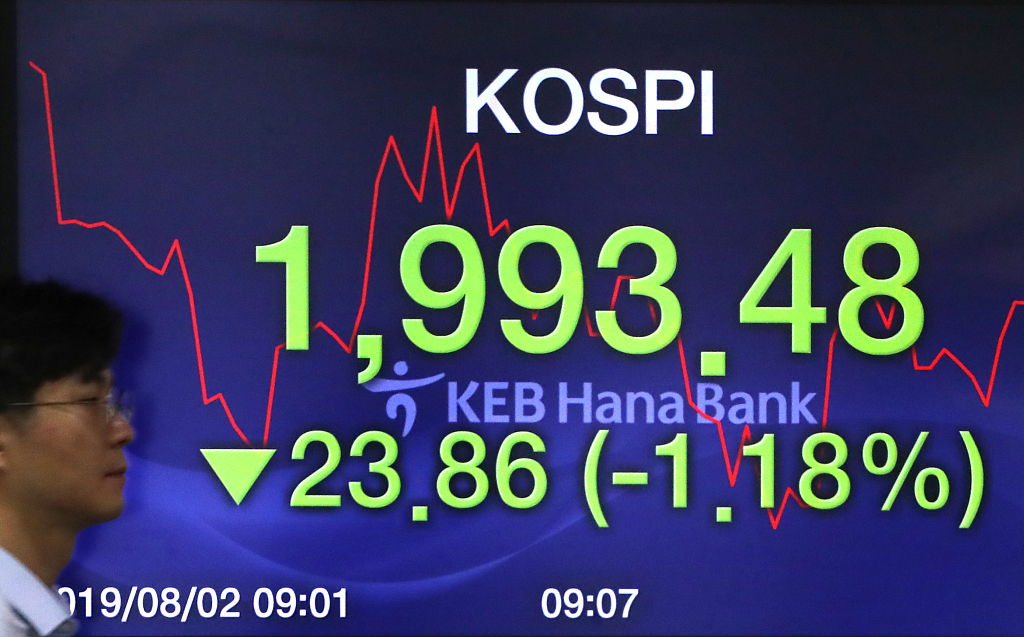

Global stocks took a beating on Friday, with investors piling into safe-haven assets but oil prices recouped some losses after U.S. President Donald Trump said he would slap a 10-percent tariff on the remaining 300 billion U.S. dollars of Chinese imports starting September.
Pan-European Euro Stoxx 50 futures shed 2.0 percent in late Asian trade, indicating that European cash share markets will open sharply lower on Friday, while U.S. stock futures extended losses, dropping 0.2 percent, following the S&P 500 skidding 0.9 percent to hit one-month lows overnight.
Oil prices rose more than 2 percent, after suffering their biggest one-day fall in years the previous day following further U.S. tariffs on China, intensifying trade tensions between the world’s two biggest economies and crude consumers.
MSCI's broadest index of Asia-Pacific shares outside Japan fell 1.6 percent to its lowest since mid-June while Japan's Nikkei tumbled 2.1 percent.
Chinese stocks were also hit hard, with the benchmark Shanghai Composite and the blue-chip CSI300 down 1.5 percent and 1.6 percent, respectively, while Hong Kong's Hang Seng slumped 2.2 percent.

VCG Photo
Trump's announcement, which came a day after U.S. and Chinese negotiators concluded a meeting in Shanghai without significant signs of progress, marks an end to a truce in the trade war struck in June and could further disrupt global supply chains.
"After the U.S.-China summit meeting, people had expected there would be a lull for quite some time," said Masahiro Ichikawa, senior strategist at Sumitomo Mitsui DS Asset Management.
"And the market was also relieved by signs of recovery in the semiconductor sector. But now investors and companies will have to revise their scenarios."
Indeed, the tech-heavy Taiwan's Taiex slid 1.7 percent and South Korea's KOSPI lost as much as 1.5 percent to hit a fresh seven-month low after Tokyo approved a plan to remove Seoul from a list of its trusted trading partners, known as a "white list."
The proposed levies triggered a stampede for safe-haven assets, including U.S. bonds, gold, and the yen, while the Australian dollar hit multi-month lows.
Gold stood at 1,432.86 U.S. dollars per ounce, down 0.8 percent in Asia after having risen 2.4 percent on Thursday, staying near a six-year high of 1,453 U.S. dollars touched two weeks ago.
The Japanese yen surged to a five-week high versus the dollar and a 2-1/2-year peak against the pound as Trump's tweets bolstered demand for safe-havens.
The yen strengthened to as high as 106.855 to the dollar in early Asian trade, after rising 1.3 percent overnight, its biggest daily gain in more than two years. The pair last stood at 107.10.
"Yen buying still has further room to run, especially against the crosses. Trump has given us plenty of reason to move to risk-off trades," said Yukio Ishizuki, a foreign exchange strategist at Daiwa Securities.
The euro recovered to 1.1085 U.S. dollars, from a two-year low of 1.1027 U.S. dollars hit in U.S. trade.
In contrast, the risk-sensitive Australian dollar dropped to a seven-month low of 0.6795 U.S. dollars.

VCG Photo
The British pound edged toward a 30-month low versus the dollar due to persistent worries about a no-deal Brexit and a cut in the Bank of England's economic forecasts. Sterling was last 0.1 percent lower on the day at 1.2110 U.S. dollars.
The 10-year U.S. bond yield fell almost 12 basis points on Thursday to 1.902 percent, hitting the lowest since Nov. 8, 2016, when Trump won a surprise victory in the presidential election. The 10-year yield extended its slide to as low as 1.875 percent in early Asian trade.
Trump's decision has thrown the Federal Reserve another curveball that may force it to again cut interest rates to protect the U.S. economy from trade-policy risks after its first rate cut in more than a decade on Wednesday.
Although Fed Chairman Jerome Powell said the rate cut was a "mid-cycle adjustment" and not a start to a full-blown rate-cutting cycle, markets aren't fully convinced.
The October Fed funds rate futures have jumped to now fully price in a rate cut in September, compared with only around 60 percent before the tariff announcement. Another 25 basis point move is priced in by December.
"In the grand scheme of things, it will become clearer and clearer that the Federal Reserve has started an easing cycle and will have no choice but to cut rates further," said Akira Takei, fund manager at Asset Management One.
The new tariffs would hit a wide swath of consumer goods from cell phones and laptop computers to toys and footwear, at a time when the manufacturing sector is already reeling from the cumulative impact of the trade war.
The U.S. Institute for Supply Management said on Thursday its index of national factory activity fell to 51.2 last month, the lowest reading since Aug. 2016.
Oil prices bounced back after suffering a sharp selloff.
Brent crude rose 2.2 percent to 61.81 U.S. dollars per barrel, after having fallen 7.0 percent on Thursday, its biggest daily percentage drop since February 2016. U.S. West Texas Intermediate (WTI) crude rebounded 1.8 percent to 54.92 U.S. dollars, having shed 7.9 percent the previous day.

Copyright © 2018 CGTN. Beijing ICP prepared NO.16065310-3
Copyright © 2018 CGTN. Beijing ICP prepared NO.16065310-3